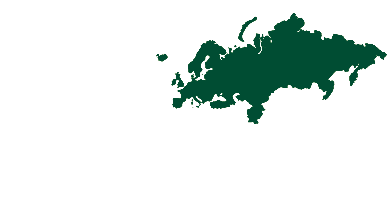Software
2020 • Institute for Automation and Communication (ifak) SAmpSONS – Simulation and visualization of material flows in sanitation systems
SAmpSONS is a freely available tool designed to visualize resource fluxes in sanitation systems, such as nutrients (N, P) and energy. The tool generates Sankey diagrams to illustrate flows and enables a simplified sustainability assessment of sanitation systems based on ecological, economic, and social criteria. Developed for pre-planning stages, it integrates methods like Material Flow Analysis (MFA), Life Cycle Assessment (LCA), and Life Cycle Costing (LCC). Planners, researchers, and policymakers can use the tool to evaluate alternative sanitation systems and support decision-making in urban sanitation contexts.
Recovered Materials & Products
Electricity
Heat
Biogas
Fertilizer
Compost
Digestate
Waste Streams
Faecal sludge
Wastewater
Urine
Greywater
Faeces
Blackwater
Confirmed countries
Guatemala


What is this tool intended for?
SAmpSONS supports sustainability assessments of sanitation systems by simulating resource flows and their impacts. It helps in visualizing materials like nutrients and energy through Sankey diagrams and evaluates systems across multiple sustainability criteria, including environmental impacts, life cycle costs, and social acceptance.
How does this tool work?
The tool combines material flow analysis (MFA), life cycle assessment (LCA), and life cycle costing (LCC) approaches with user-friendly visualization techniques. It uses predefined modules for common sanitation system components (e.g., anaerobic digestion, struvite precipitation) and enables users to modify parameters based on site-specific data. Outputs include resource flow diagrams and sustainability performance indicators.
Who might use this tool and with which types of stakeholders?
SAmpSONS is intended for urban planners, sanitation engineers, researchers, and policymakers engaged in sanitation system design and evaluation. Local authorities and service providers may also collaborate during its application.
What stages of a process can this tool support?
The tool primarily supports pre-planning and early decision-making phases, enabling users to explore and compare alternative sanitation scenarios.
What skills, capabilities, and resources are required to use this tool?
Users need basic knowledge of sanitation systems and sustainability concepts. The tool is standalone software requiring a standard computer and while it does not demand advanced technical expertise or licensing, familiarity with material flow analysis, life cycle assessment, and life cycle costing approaches is valuable to be able to use the tool properly.
Where can this tool be used?
SAmpSONS is adaptable for global use but focuses on Central European conditions. Its case studies span urban and rural contexts, including pilot applications in Germany.
Case examples of where this tool has been used
- SCST Berlin, Germany: Assessed ecological benefits of alternative sanitation for a mid-sized settlement.
- Wohlsborn, Germany: Evaluated rural sanitation system options using sustainability criteria.
- Birkenfeld Campus, Germany: Analyzed a zero-emission sanitation concept on a university campus.
Get the Tool
SAmpSONS is free and accessible online via ifak’s website, using the link below
https://www.ifak.eu/en/products/sampsons
Learn more
Online tutorial video (in German) about SAmpSONS
https://www.youtube.com/watch?v=uxnsHmMQtIM
A paper describing the tool and its methods:
Schütze, M., Wriege-Bechtold, A., Zinati, T., Söbke, H., Wißmann, I., et al. (2019). Simulation and visualization of material flows in sanitation systems for streamlined sustainability assessment. Water Science and Technology, 79(10). 1966–76. DOI: 10.2166/wst.2019.199
https://doi.org/10.2166/wst.2019.199
Technologies
Composting
Anaerobic digestion
Struvite precipitation
Combined heat and power (CHP)
Constructed wetlands
Themes
Assessment
Design
Sustainability assessment
Visualization